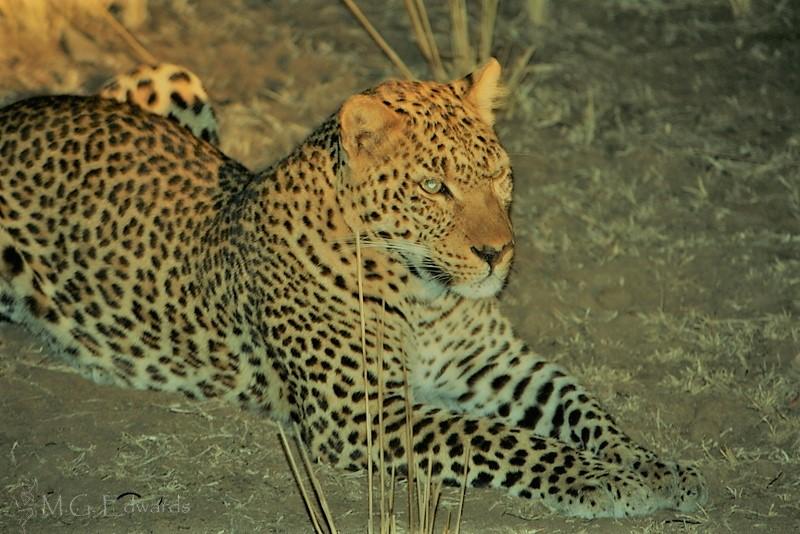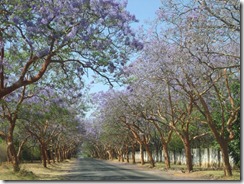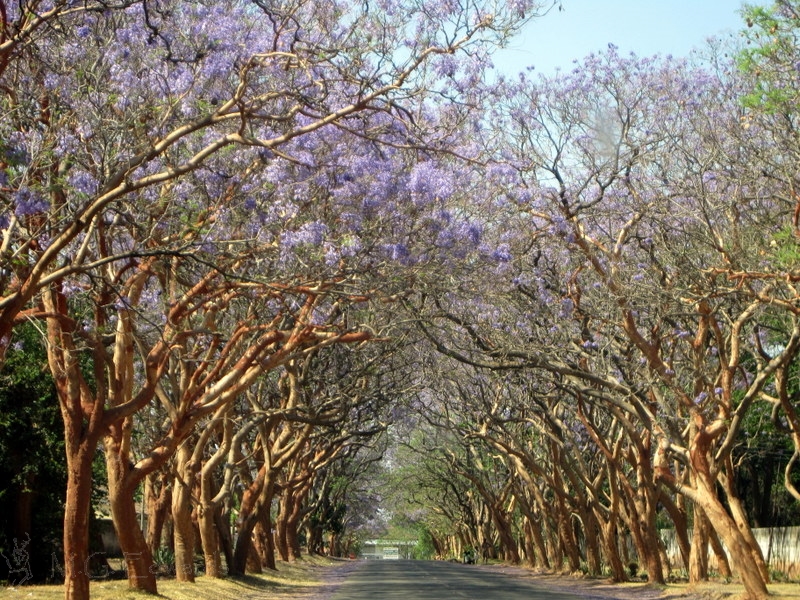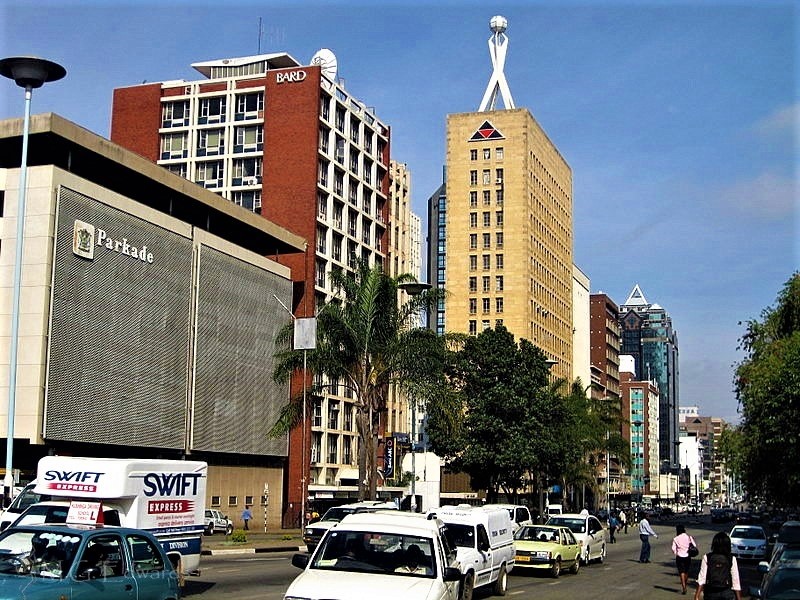James Bond In Zambia
Someone told me today that living in Zambia is a Bond…James Bond kind of lifestyle. Hmm. I’d never thought of it that way before. Whether it’s driving your household help back to their compound at night or avoiding sinkholes that suddenly appear across a major road in town at the end of the rainy season, I have to conclude that living in southern Africa does have its share of excitement. There’s never a dull moment, that’s for sure. Unless of course you miss watching the symphony or a baseball game, eating pizza and playing video games at Chucky E. Cheese, or making a pilgrimage to Disneyland or Sea World. No, there’s no excitement of that kind here. The action and adventure here are more akin to what you might find on “The Gods Must Be Crazy” (vice “Goldfinger”).
What if Ian Fleming’s James Bond came to Zambia? Let’s say he was on a mission to catch some networked bad guys in his 38th film and comes to Zambia for a couple of scenes like he did when he went to Bolivia and busted a conspiracy to drain the country – that aquatic paradise – of its water resources. What heroics would he do here in Zambia? Well, he might be accused of meddling in local affairs and have to fight his way out of the country. Or maybe he would uncover and thwart a nefarious plot by some wealthy businessperson to corner the maize market and jack up the price of mealie meal, thereby causing the country to panic because of diminishing quantities of increasingly expensive nshima. Maybe he would try sneaking up on the bad guy’s lodge on the Zambezi River and find himself in a life and death struggle with a hungry crocodile or a grumpy pod of hippos. Perhaps Bond would try to cross into Zimbabwe through the bush and find himself face to face with a rampaging elephant that’s mad because he’s cutting through its territory.
I can certainly see 007 passing through Zambia on his way to cinematic greatness. Either that, or he’d never come here, which would make this a most excellent place for a villain to hide.

More About Zambia
World Adventurers Magazine
 |  |  |
|
 |  |  |  |
 |  |  |  |




